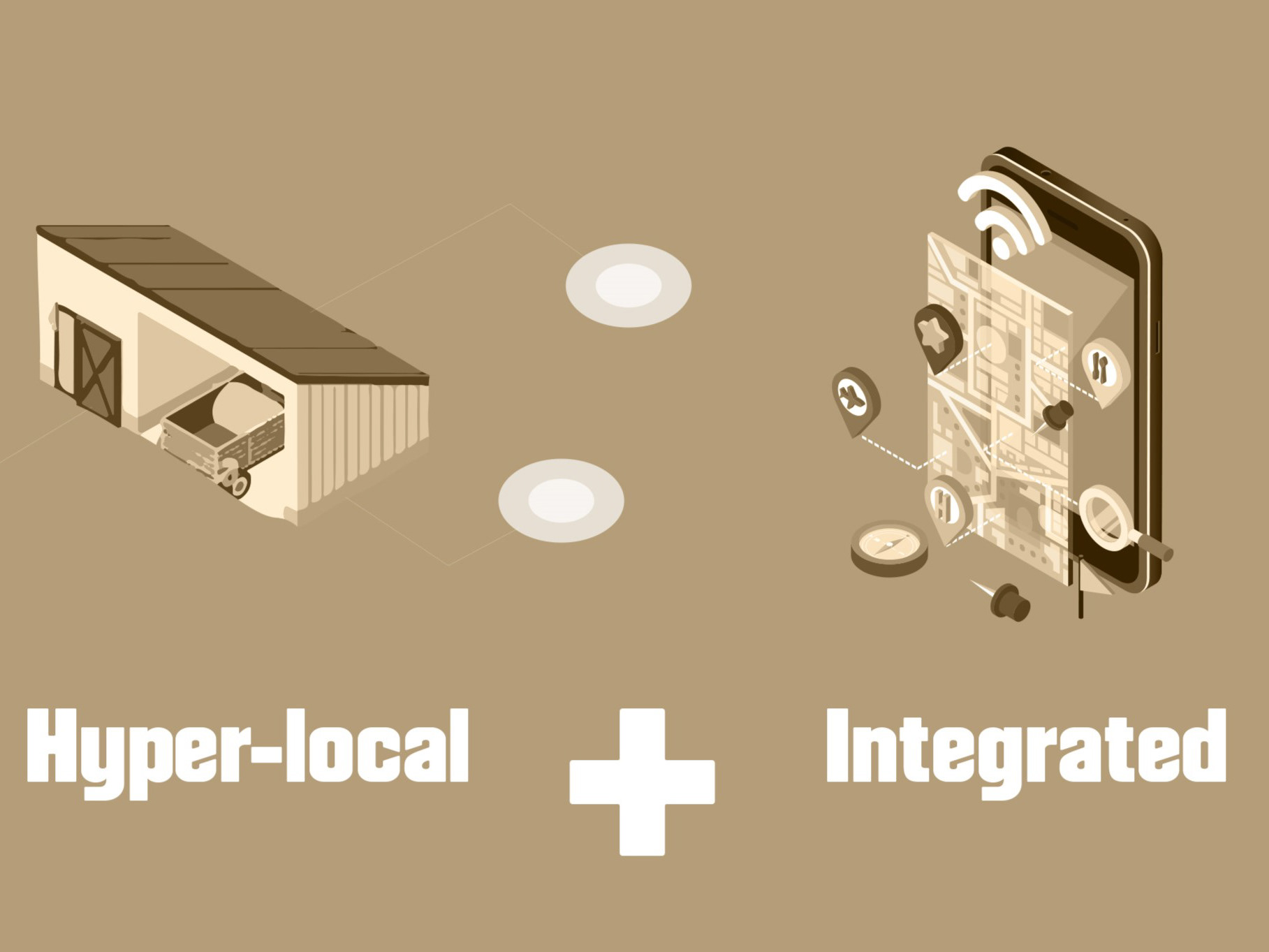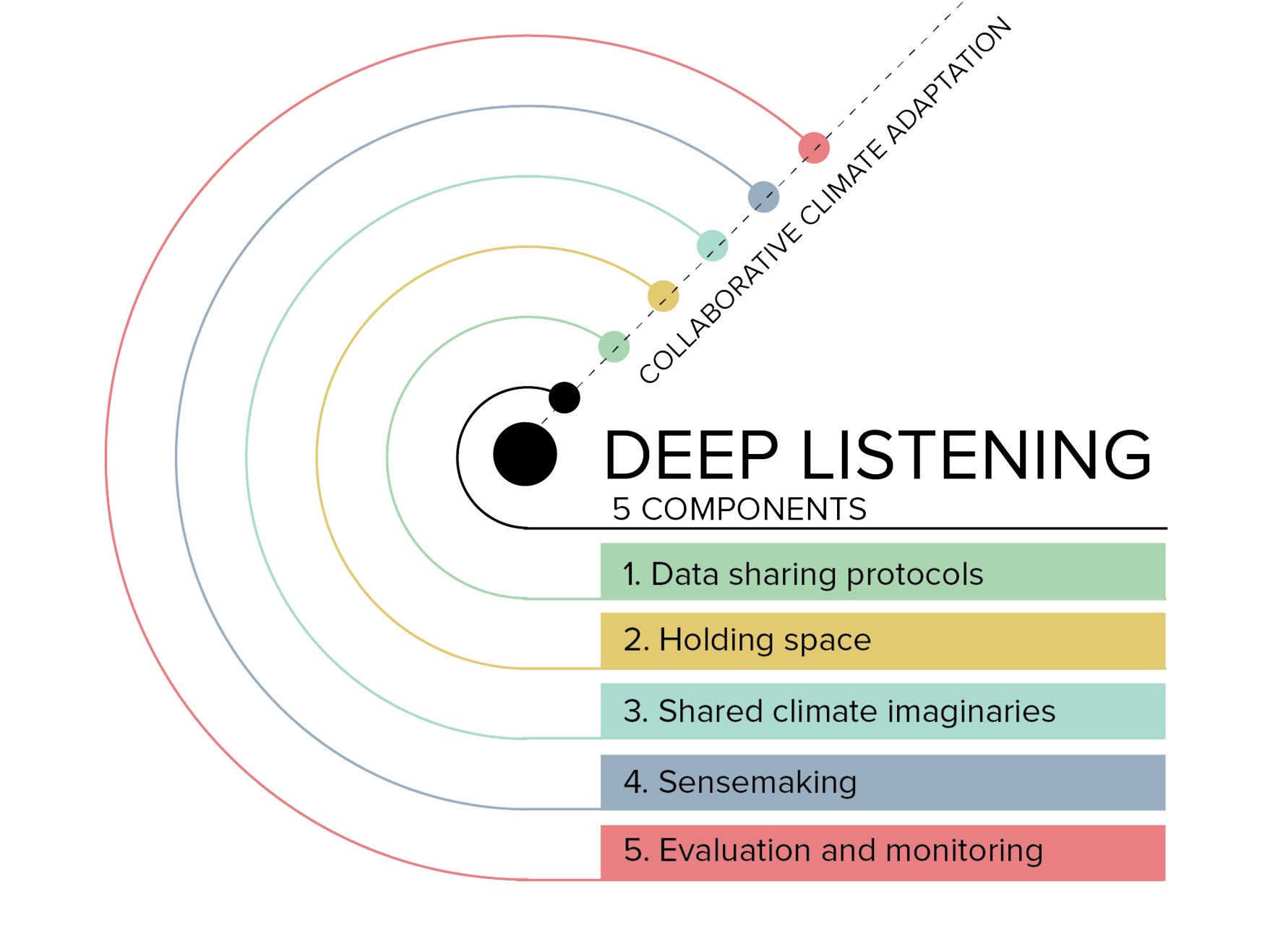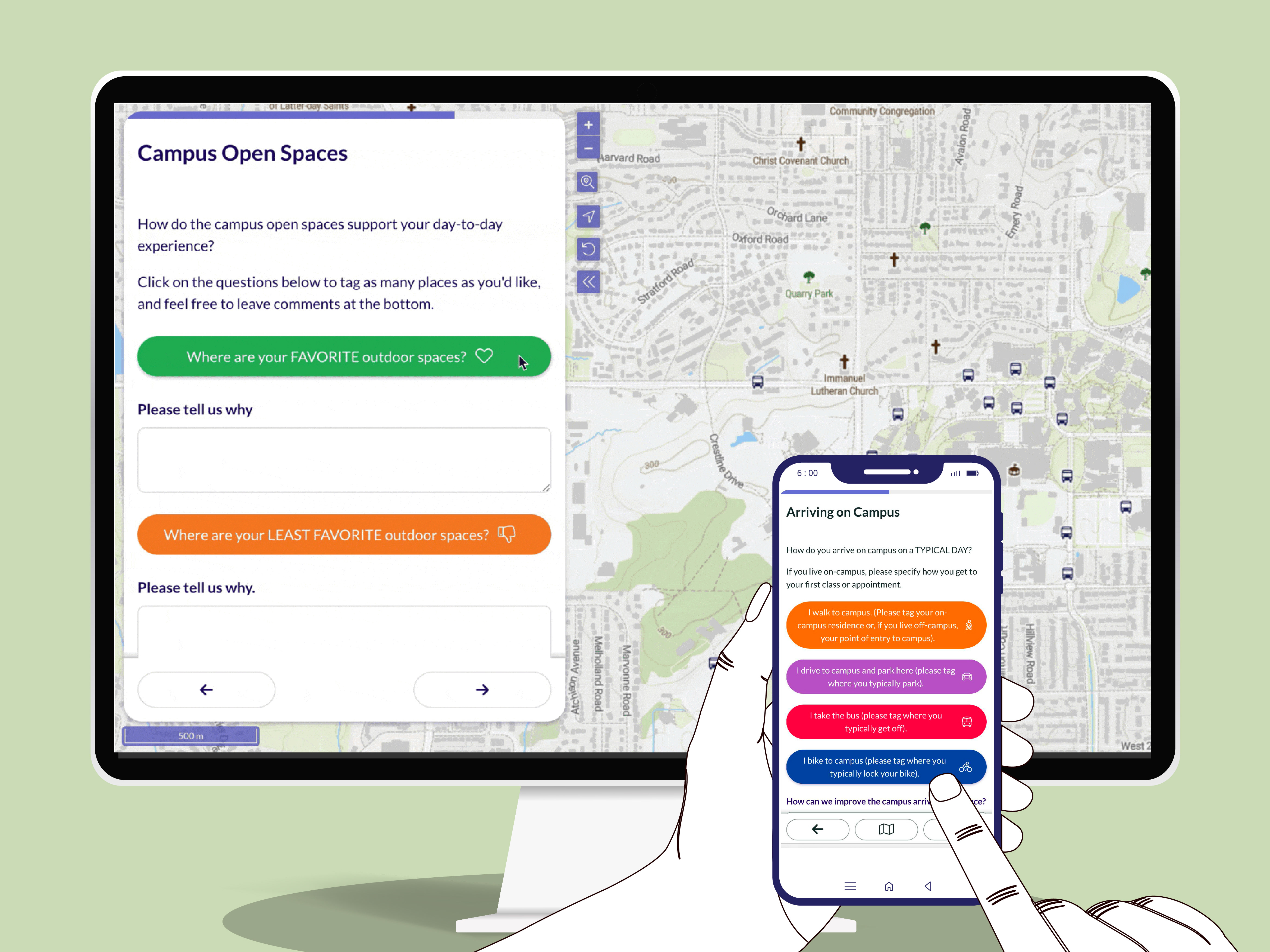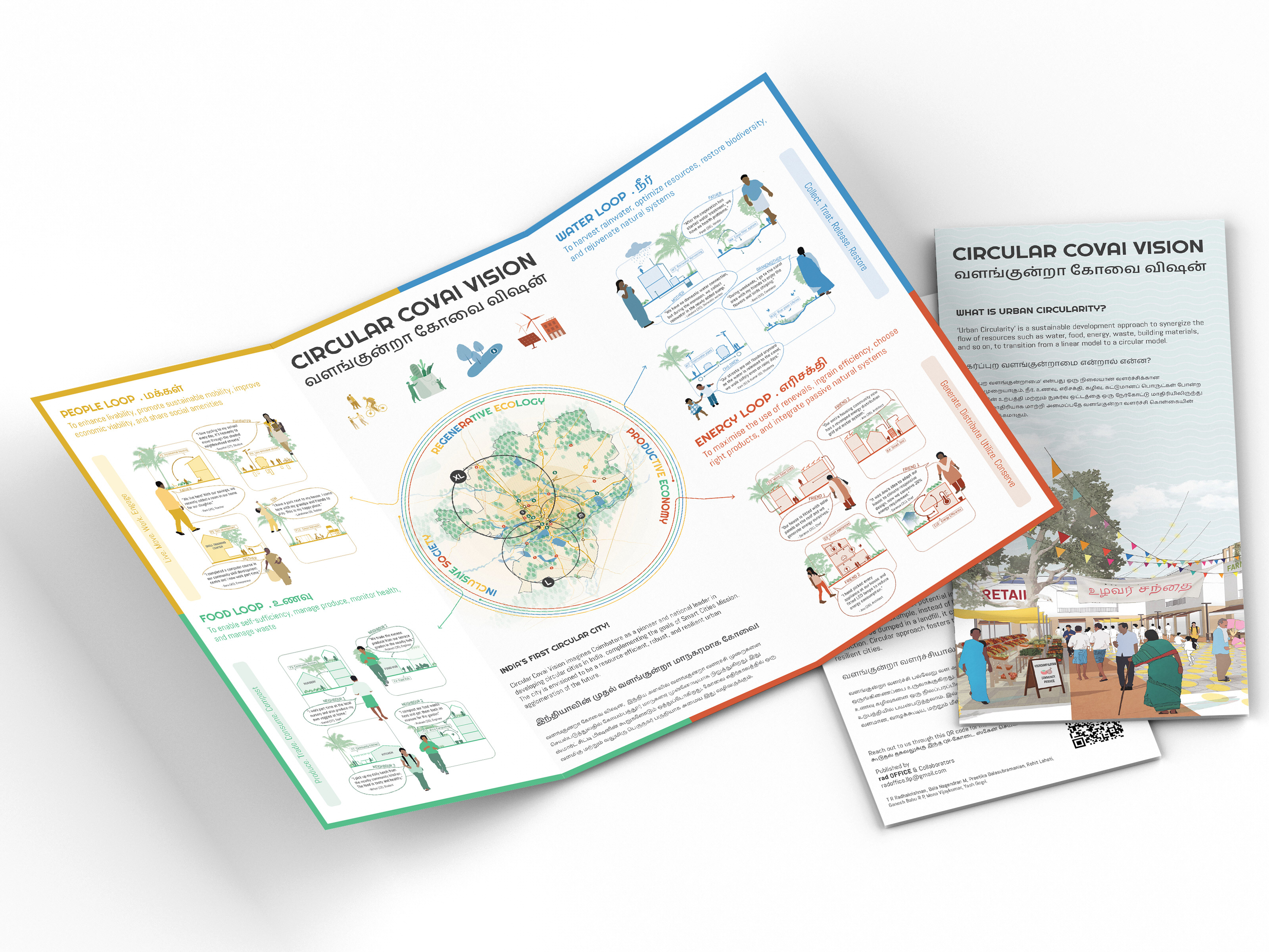2022-24 | Perkins&Will
Location: Lawrence, KS
Team: Urban planners, architects, data analysts, geospatial experts, and sustainability consultants.
Role
Co-led the development of the space management strategy and implementation roadmap.
Designed workflows for geospatial and predictive analytics integration.
Developed insights to support decision-making on space utilization and sustainability.
Challenge
Project identified excess campus space (940,000 ASF).
High operational costs for maintaining underutilized buildings.
Sustainability issues from outdated infrastructure.
Poor alignment of space usage with current and future needs.
High operational costs for maintaining underutilized buildings.
Sustainability issues from outdated infrastructure.
Poor alignment of space usage with current and future needs.
Solution
Develop a real-time space management dashboard that:
+ Optimizes Space Use: Leverages predictive analytics to align space availability with demand.
+ Improves Sustainability: Incorporates geospatial analysis to reduce carbon emissions and enhance biodiversity.
+ Increases Efficiency: Introduces adaptive reuse policies and space scheduling strategies.
+ Engages Stakeholders: Enables ongoing input from students, faculty, and staff.
+ Improves Sustainability: Incorporates geospatial analysis to reduce carbon emissions and enhance biodiversity.
+ Increases Efficiency: Introduces adaptive reuse policies and space scheduling strategies.
+ Engages Stakeholders: Enables ongoing input from students, faculty, and staff.
Impact
+ Reduced campus footprint by 940,000 ASF, significantly cutting operational and maintenance costs, achieving a 20% improvement in space utilization with real time decision making.
+ Enhanced sustainability through innovative carbon footprint reduction measures and biodiversity initiatives, fostering a more resilient and eco-friendly campus environment.
+ Improved long-term campus planning by aligning space utilization with current demands and future growth trajectories, ensuring adaptability and sustainability.
+ Enhanced sustainability through innovative carbon footprint reduction measures and biodiversity initiatives, fostering a more resilient and eco-friendly campus environment.
+ Improved long-term campus planning by aligning space utilization with current demands and future growth trajectories, ensuring adaptability and sustainability.
Current Space Allocation
Building Assessment by Use
Space Management Roadmap






